The two-tier local government model is creating a great opportunity to reorganize the agricultural extension system towards being closer to the people and serving farmers better. All five provinces and cities in the North Central region, including Thanh Hoa, Nghe An, Ha Tinh , Quang Tri and Hue city, have completed the reorganization of the provincial Agricultural Extension Center, with a total of 201 officials working at these five centers.
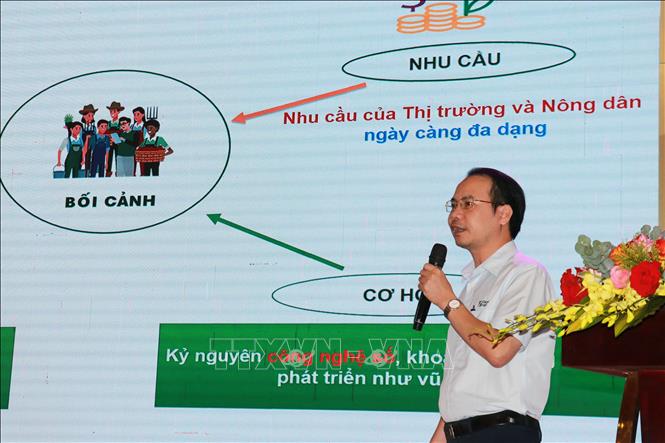
According to the National Agricultural Extension Center, the arrangement of district-level agricultural extension organizations (old) in the North Central provinces is still in the process of implementation and there is no consensus among the provinces. Specifically, Nghe An province currently has 20 agricultural service stations under the Provincial Agricultural Extension Center with a total of 278 staff. Ha Tinh province has 3 regional agricultural extension stations, taking over from 12 previous district-level centers, with a total of 35 staff. Quang Tri province alone has 2 models existing at the same time: 8 agricultural service centers under the Department of Agriculture and Environment and 3 regional agricultural extension stations under the provincial agricultural extension center. Thanh Hoa province and Hue city do not have regional agricultural extension stations.
At the commune and grassroots levels, the arrangement of agricultural extension staff still faces many difficulties. In Quang Tri province, before the arrangement, there were 110 commune agricultural extension staff; so far, only 69 have been accepted, 12 have quit their jobs, and the rest have not been arranged. In provinces such as Thanh Hoa and Ha Tinh, the arrangement of grassroots agricultural extension staff has not been implemented synchronously due to the lack of specific instructions from higher levels. Agricultural extension activities at commune and ward levels are currently temporarily assigned to district-level professional staff or economic departments.
The situation of Community Agricultural Extension Teams - the core, voluntary force at the grassroots level - also clearly reflects the disruptions after the commune merger. Before the reorganization, the provinces had a total of hundreds of community agricultural extension teams, such as Thanh Hoa province with 261 teams; Ha Tinh province with 183 teams, Quang Tri province with 161 teams, Hue city with 29 teams and Nghe An with 29 teams. However, up to now, most of these teams still operate under the old administrative units, not yet fully reorganized according to the new communes. In particular, in Quang Tri province, there are no specific instructions on reorganizing community agricultural extension teams, causing the teams in the new communes to not be re-established.
Currently, in the context of reduced human resources, many provinces are still actively promoting communication and digital transformation in agricultural extension activities. Some localities have experimented with online training, producing multimedia documents, and organizing field conferences associated with practical models. Community agricultural extension teams continue to play a role in providing technical support, connecting markets, and disseminating production experiences in the community associated with new rural development and criterion 13.5 (new rural communes must have effective community agricultural extension teams).
At the conference, many delegates discussed and proposed many solutions to perfect the agricultural extension organization model suitable for the two-level government; strengthen the grassroots agricultural extension force and community agricultural extension teams; enhance communication, training and services; expand public-private cooperation and socialize agricultural extension resources with the spirit of "Where there are farmers, there must be agricultural extension".
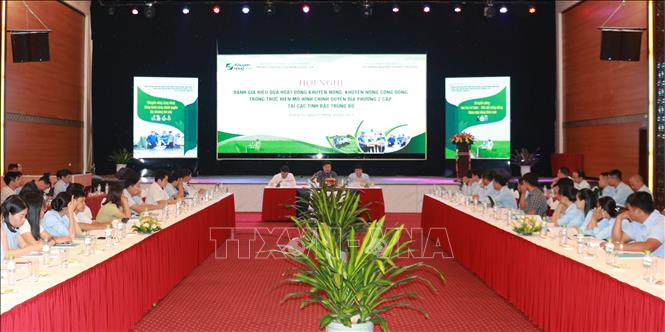
Mr. Le Quoc Thanh, Director of the National Agricultural Extension Center, said that when implementing the two-level local model, all localities maintain provincial agricultural extension centers under the Department of Agriculture and Environment. From these agricultural extension centers, inter-regional stations are reorganized to take charge of grassroots agricultural extension activities. According to Mr. Le Quoc Thanh, when reorganizing the community agricultural extension model, for localities with key raw material areas, it is possible to organize agricultural extension forces at the commune level. For non-concentrated production areas with a variety of products, it is necessary to link regions and reorganize community agricultural extension forces at the station level. In addition, there should be a mechanism to stabilize and develop grassroots agricultural extension forces and community agricultural extension forces.
Deputy Director of Quang Tri Provincial Agricultural Extension Center Phan Ngoc Dong said that the Central Government needs to have guidelines to reorganize community agricultural extension teams after implementing a two-level government, to have unity in the model of synchronous and effective organization of activities; increase investment, ensure budget for agricultural extension activities at both provincial and grassroots levels, especially community agricultural extension; mobilize and encourage the participation of organizations, businesses and individuals in agricultural extension activities through public-private partnerships. At the same time, focus on training a team of quality community agricultural extension workers to meet the requirements in the new situation.
The role of the agricultural extension force is not simply to transfer technology, but also to connect knowledge with hearts, spread trust and create development momentum from the rural community itself. In the context of Vietnam's agriculture entering a period of green transformation, digital transformation and deep integration, agricultural extension is the pioneering force to ensure ecological agricultural production, modern rural areas, and civilized farmers as the goals identified in Resolution 19 NQ/TW dated June 16, 2022 of the 13th Party Central Committee on agriculture, farmers, and rural areas by 2030, with a vision to 2045.
Source: https://baotintuc.vn/thoi-su/kien-toan-mo-hinh-to-chuc-khuyen-nong-phu-hop-voi-chinh-quyen-2-cap-20251001210736231.htm





![[Photo] President of the Cuban National Assembly visits President Ho Chi Minh's Mausoleum](https://vphoto.vietnam.vn/thumb/1200x675/vietnam/resource/IMAGE/2025/10/1/39f1142310fc4dae9e3de4fcc9ac2ed0)
![[Photo] Hanoi morning of October 1: Prolonged flooding, people wade to work](https://vphoto.vietnam.vn/thumb/1200x675/vietnam/resource/IMAGE/2025/10/1/189be28938e3493fa26b2938efa2059e)
![[Photo] Keep your warehouse safe in all situations](https://vphoto.vietnam.vn/thumb/1200x675/vietnam/resource/IMAGE/2025/10/1/3eb4eceafe68497989865e7faa4e4d0e)






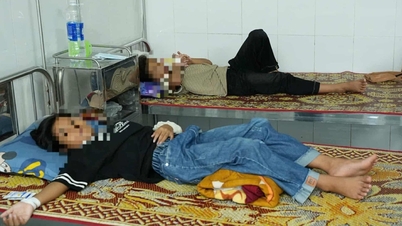



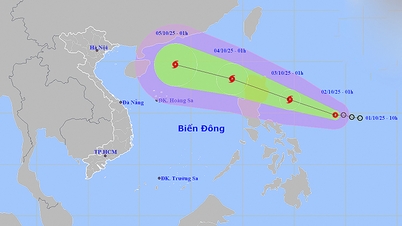
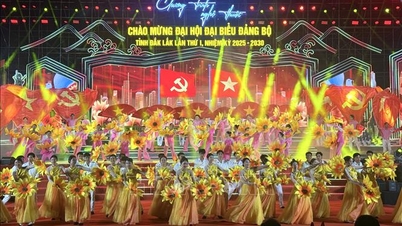
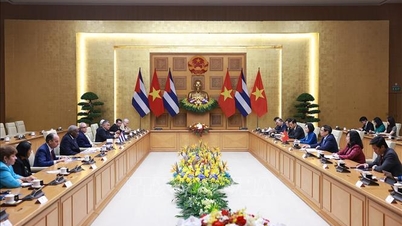
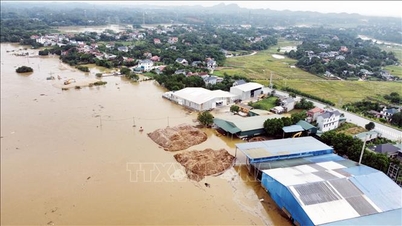
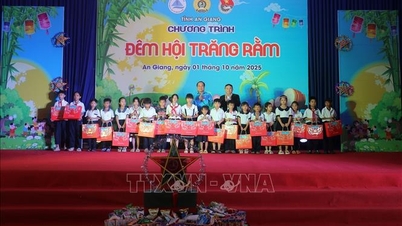
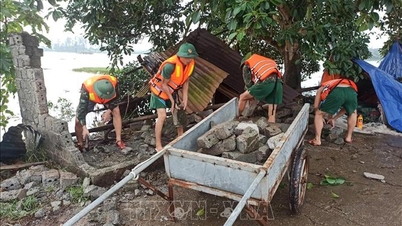




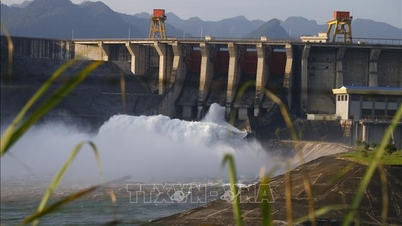
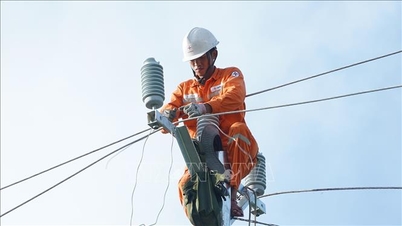
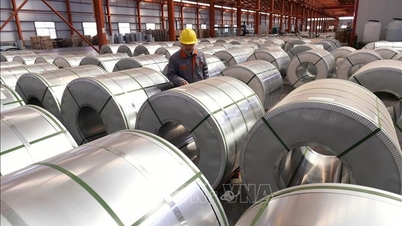

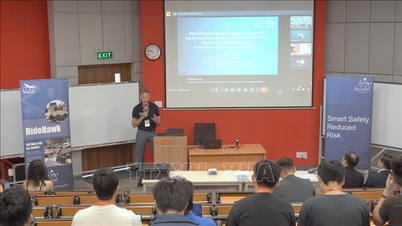
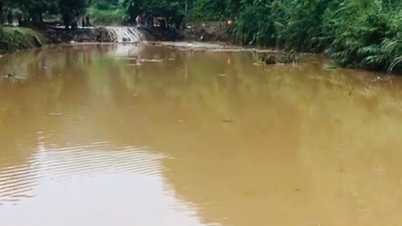




































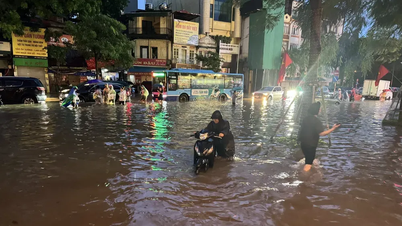

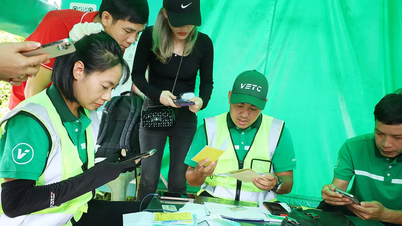
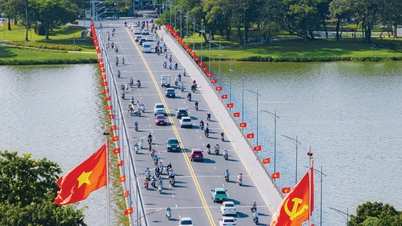

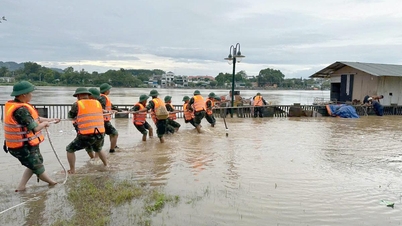

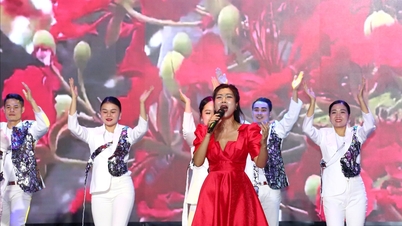

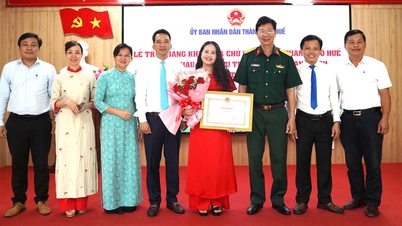














Comment (0)